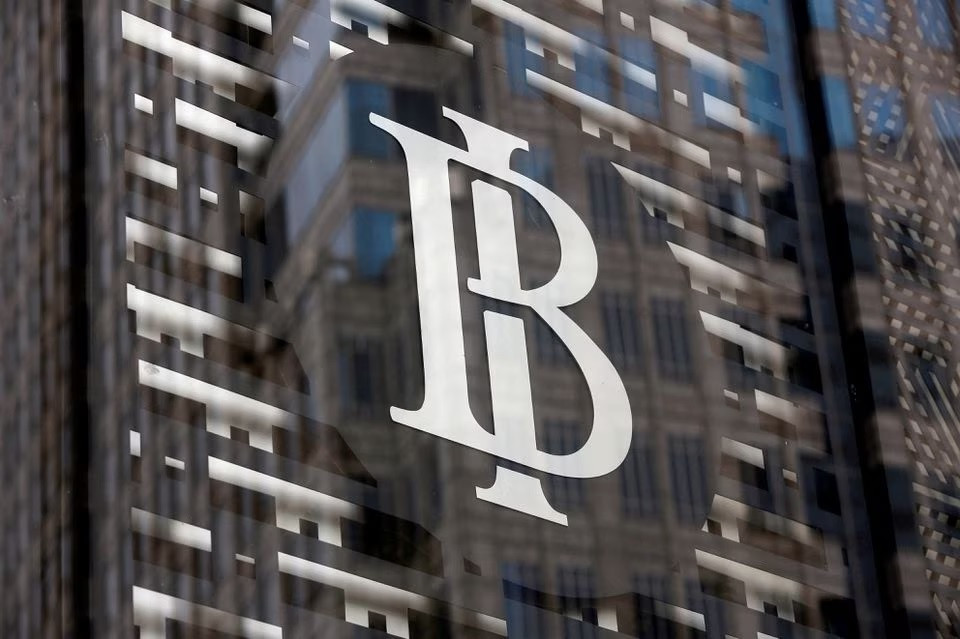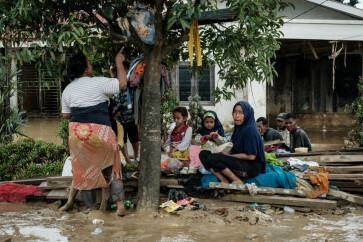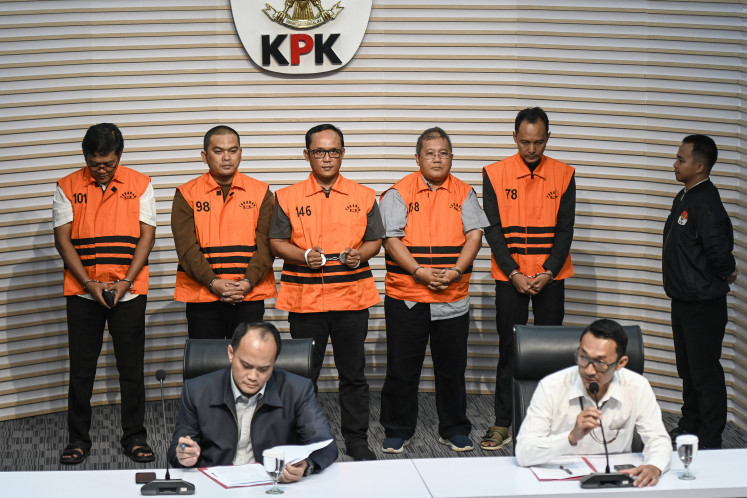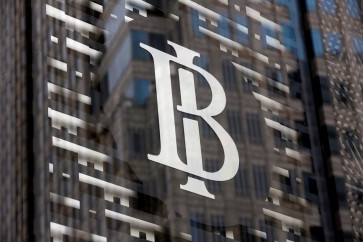Popular Reads
Top Results
Can't find what you're looking for?
View all search resultsPopular Reads
Top Results
Can't find what you're looking for?
View all search resultsHow BI rate rise impacts on the banking and real sectors
The spread between the BI7DDR and FFR remains positive and attractive for investors in allocating capital to portfolio investment instruments in Indonesia.
Change text size
Gift Premium Articles
to Anyone
I
n recent years, central banks have been using various monetary policy tools to manage economic stability and promote growth. One tool used by Bank Indonesia (BI) is the adjustment of the BI Seven-Day Reverse Repo Rate (BI7DRR), which directly impacts credit growth, banking liquidity and the real sector.
On Oct. 19, the BI7DRR was raised from 5.75 percent to 6 percent. This increase generally will lead to higher borrowing costs for commercial banks, making them more cautious when extending credit to individuals and businesses.
However, this time it is unlikely to have a significant impact due to the abundant liquidity in the banking sector. The ratio of liquid assets to non-core deposits (AL/NCD) stood at 118.5 percent as of August 2023, above the threshold of 50 percent. Similarly, the ratio of liquid assets to third-party funds (AL/DPK) was 26.49 percent as of August, above the threshold of 10 percent. These indicators suggest that banks have enough liquid assets to cover their obligations and meet regulatory requirements.
Even if the banks' lending interest rates increase, this will only happen in the next three months. This is because banks need to consider asset and liability management first. In other words, banks do not immediately raise lending interest rates as soon as the central bank reference interest rate increases. This cautious approach also affects the real sector, especially the property sector and mortgage loans.
Customers who choose floating rates will be burdened by an increase in mortgage loan interest rates, as these rates follow changes in the central bank reference rate. However, customers can request a decrease in the floating rate of their mortgage loans by submitting a written request to the bank's head office.
Banks should be able to fulfil these requests. It is unlikely that there will be an increase in subsidized mortgage loan interest rates, considering that the prices of subsidized houses have increased since June.
The new mortgage loan regulations set a limit on the selling price of houses, divided into five regions. The lowest limit for subsidized houses is set at Rp 162 million (US$10,400) in 2023 and Rp 166 million starting in 2024 in Java and Sumatra regions. The highest limit for subsidized houses is set at Rp 234 million in 2023 and Rp 240 million starting in 2024 in the Papua region.



















